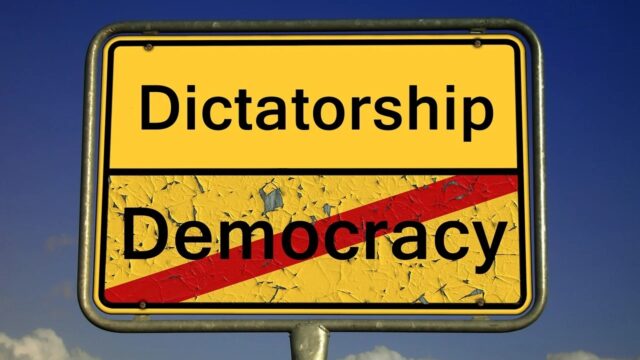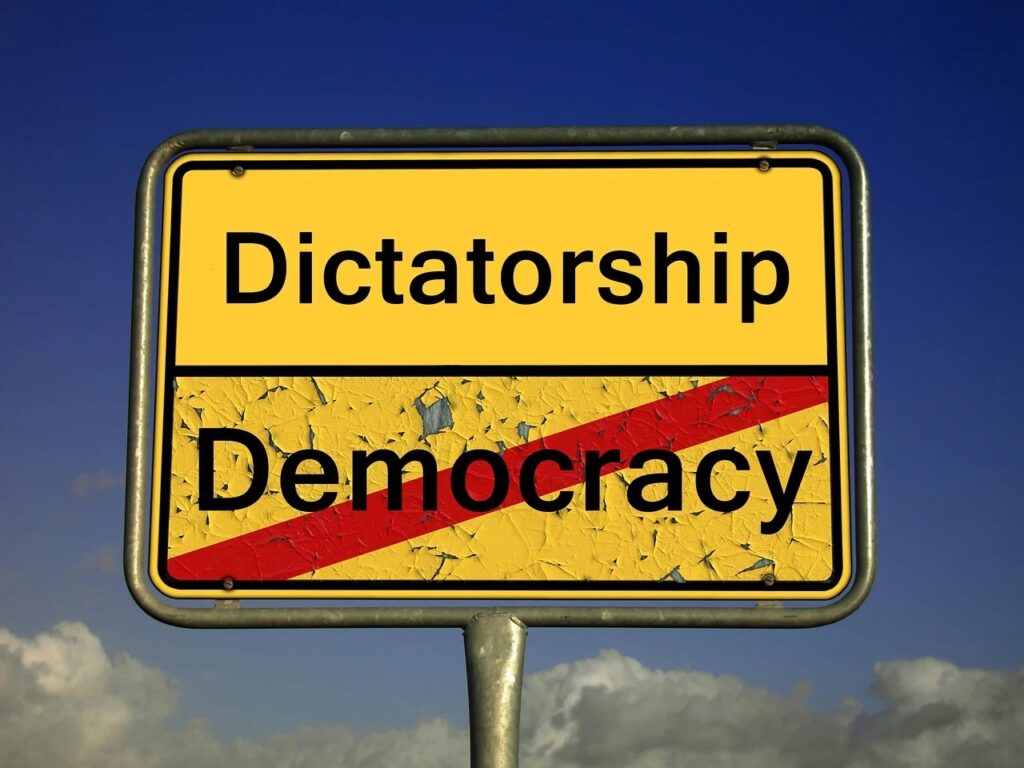
Welcome back to work, everyone. I hope your holiday break was restful. I was able to hang out with my kids, and when they were asleep, binge-watched all the episodes of Shogun; it was glorious! But now we’re back to the grind, and it is cold and miserable. Sometimes, I think the people who believe we exist in a computer simulation may be on to something, and I find myself looking around, trying to break the fourth wall, hoping whoever is running this simulation would just give us all a reprieve from all this. Maybe they could simulate a world where the forces of good win for once.
Anyway, I’m reminded of the movie The Matrix, where the main character, played by Keanu Reeves, realizes he’s been living in a simulation, trapped along with other humans by sentient machines that are using humans as batteries while creating a fake reality to subdue them and keep them from rebelling. Of course, that makes me think about our sector, and what it would be like if The Matrix were set in nonprofit and philanthropy:
Continue reading “Script for The Matrix, if it were set in nonprofit and philanthropy”




